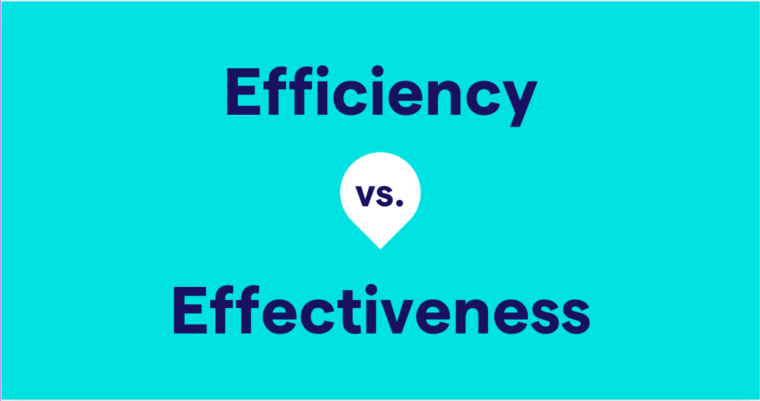- “For all intents and purposes” means “in effect.”
- Don’t confuse this expression with the eggcorn “for all intensive purposes.”
If you conduct business, you have probably run across the phrase “for all intents and purposes.” What does this expression mean? Understanding the sense of the words will help you avoid a common but costly mistake.
The Bits and Pieces of Intents and Purposes
The first step is to understand the key elements of the phrase. An intent is a purpose, meaning, or design. A purpose is a reason that something exists or is done, the intended result of something, or the point at issue.

The Origin
The phrase “to all intents, constructions, and purposes” dates from sixteenth-century English law. Later, the shortened “for (or to) all intents and purposes” became more popular than the original phrase. It means “in every practical sense” or “virtually.” Even back then, lawyers liked to cover all their bases! An idiom is an expression whose meaning doesn’t correspond wholly or literally to the meaning of its individual words, or that doesn’t follow the usual grammatical conventions of a language. “For all intents and purposes” is idiomatic; the all doesn’t always include every intent or purpose. In short, it can mean “for all functional purposes, in effect.”
How to Use It
Let’s turn to journalism to discern how to use this phrase. Here are some quotes from around the web. Notice how the writer uses the idiom to mean “virtually” or “in effect.”
The weekend is, for all intents and purposes, an East Coast championship for drone pilots hoping to qualify for the U.S. National Drone Racing Championships, set for Aug. 5-7 in New York City. ―The Roanoke Times
“Our concern is we’ve got the trail essentially completed,” Sales said. “For all intents and purposes, it looks like the trail is open.” ―Napa Valley Register
With the roof up, the Targa feels to all intents and purposes like a 911 coupe. ―The Telegraph
The Wrong Way to Write It
If you intend to convey the sense of “in effect,” you don’t want to make the error of writing “for all intensive purposes.” This phrase is an eggcorn, a misheard or misunderstood phrase that an interlocutor transforms into a new word or phrase. (The name eggcorn comes from the tendency for some people to mishear the word acorn as eggcorn). So, “for intensive purposes” probably developed when someone misheard the similar-sounding “for all intents and purposes.” Intensive means thorough, vigorous, or concentrated. It’s evident from the context that most instances of “intensive purposes” should have been “intents and purposes.” Consider an example:
Since taking the new coaching position over a month ago, UNLV’s Marvin Menzies has been working fast and furious to broaden the depth of the trimmed down roster that he inherited during a chaotic post season in Vegas. For all intensive purposes, and considering the dire situation, the Rebel roster has certainly filled out with needed difference makers added every few weeks. ― MWConnection.com
If you make that mistake, it can distract your readers from your real message. If you remember what “for all intents and purposes” means, you should be able to use it correctly. If in doubt, you can always use a synonym like “in effect” or “virtually.”
![]()






